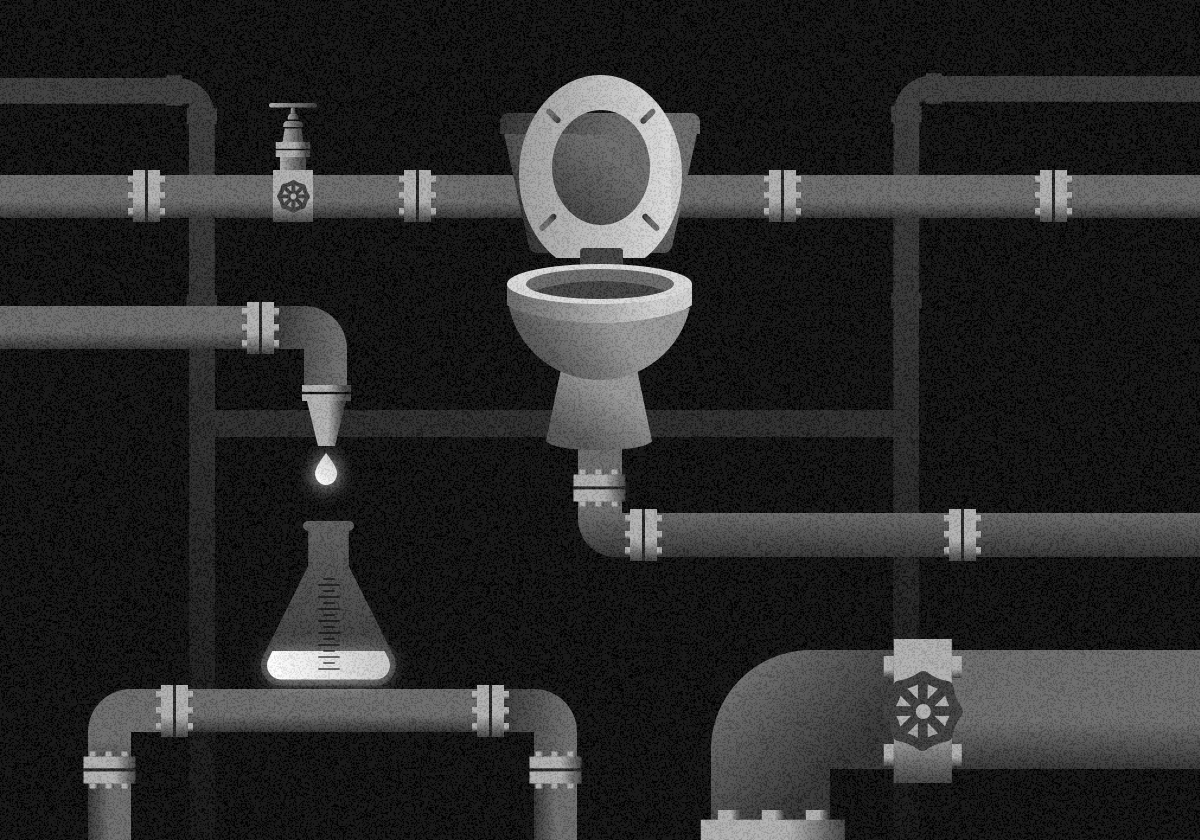Governments attempting to monitor COVID-19 outbreaks usually have to make difficult tradeoffs.
Testing individual members of the population at scale is expensive and logistically difficult: limited laboratory equipment and medical facilities make it almost impossible to test an entire country’s population. A cheaper and logistically simpler strategy is to analyze sewage. Because COVID-19 and other viruses can be detected in human excrement, wastewater treatment plants offer aggregated information.
At the moment, wastewater monitoring is **slower **and less accurate than individual testing: it takes longer to get results, and it’s harder to determine the exact neighborhood where the outbreak occurred.
But we already have nearly all the knowledge we need to make wastewater monitoring faster and more accurate. We could detect and respond to COVID-19 (and other virus) outbreaks far more efficiently by:
- Driving a set of open standards;
- Developing miniaturized equipment; and
- Creating interoperable data platforms.
We recently outlined a five-part solution that could scale up to monitoring COVID-19 across an entire continent — or even globally. Since we believe many people, countries, and organizations could benefit from these recommendations, here’s a summary of the potential we’ve identified.
How wastewater monitoring works
Wastewater systems around the world work similarly. Water is dumped from individual houses into a larger centralized pipe system. The sewage then flows to a central water treatment plant.
A virusi can often be detected in an infected person’s fecal matter. That’s why looking at the virus concentration detected at a particular water treatment plant allows us to estimate the number of infected people in the area served by the plant.
But wastewater can take days or weeks to reach a centralized treatment plant, since there are often intermediary cleaning steps along the way. So monitoring wastewater at the plant often means that while we know an outbreak happened, and we know how big it was, we don’t know exactly **when **or where in the catchment area it occurred (experts refer to this as poor **spatial **and **temporal **resolution).
For this reason, wastewater monitoring is often overlooked as a potential solution to detect viral outbreaks.
It would take a large-scale, coordinated effort to improve the current technology and processes in wastewater monitoring. But given the value of pinpointing new viral outbreaks, and compared to the cost and effort required to scale up individual testing, it’s clear this work needs to be done.
#machine-learning #politics #data-science #covid19 #wastewater-treatment
